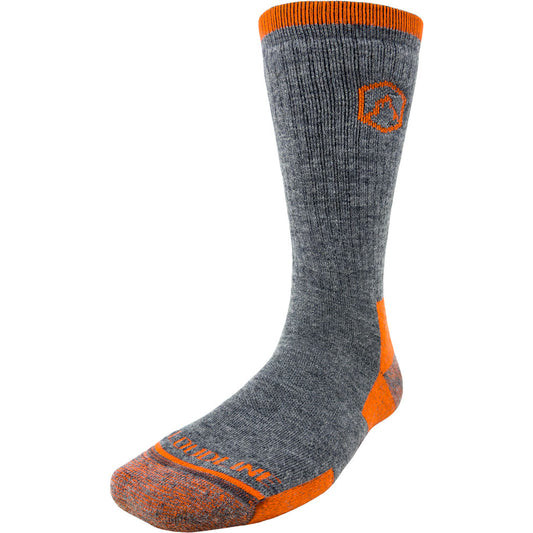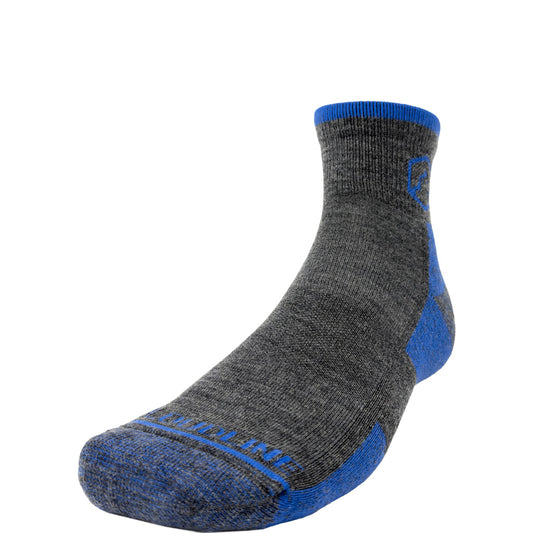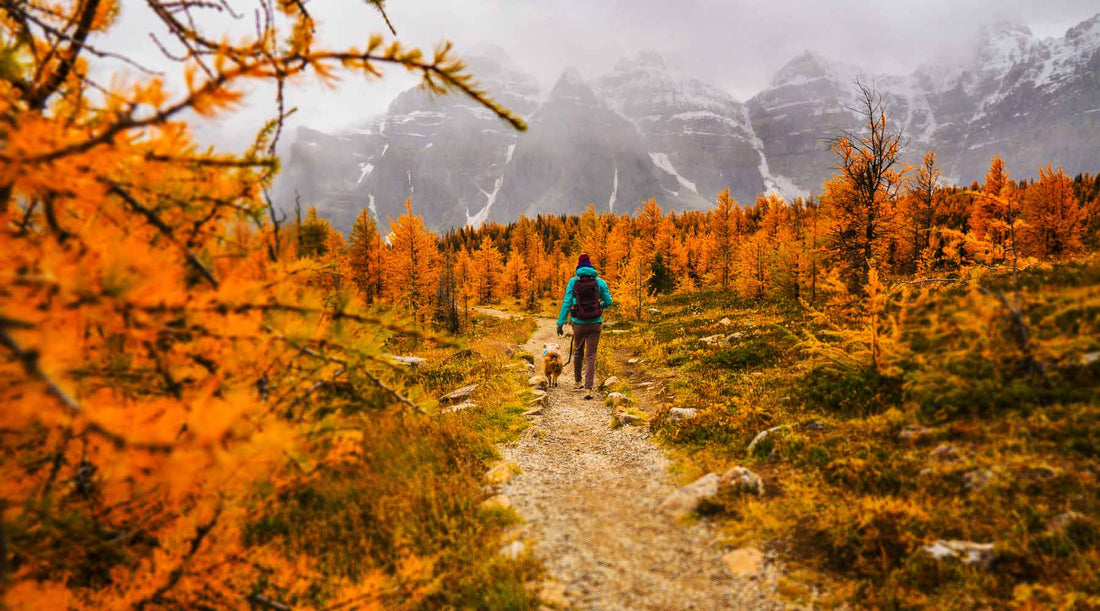
5 Reasons You Should Hike in November (Plus Tips for Staying Safe)
The month of November tends to slip under the radar. Between the brilliant colors of October and the holiday happenings in December, late fall doesn’t get much attention. But when it comes to the best months for hitting the trail, November’s a hidden secret. Trails become quieter, the scenery takes a dramatic turn, and the bugs disappear.
If you haven’t considered lacing up your hiking boots this time of year, you might be missing out. Continue reading to learn why we think you’ll love it, plus tips for making the most out of your late-fall hikes.
5 Benefits of November Hiking
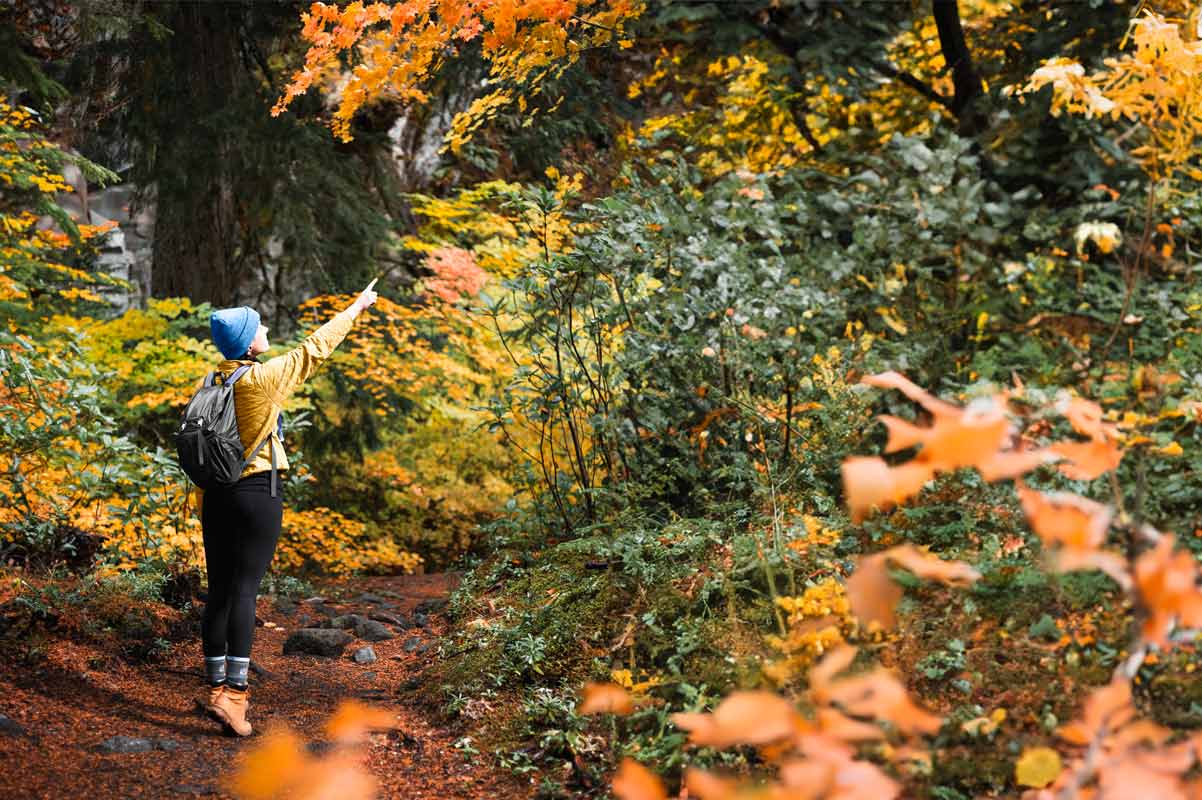
Between the quiet trails and lack of bugs, there’s no shortage of reasons to give hiking in November a try. Here are some of our favorite things about it:
1. Scenery
When you think about outdoor scenery, you might picture summer wildflowers, vivid fall foliage, or a thick blanket of fresh snow. But don’t overlook November’s more subtle beauty. The soft light of late fall is ideal for wildlife and nature photography, and the lack of leaves on trees makes for dramatic vistas on the trail. Plus, you may get lucky enough to witness the season’s first dusting of snow.
2. Lack of Crowds
As wonderful as it is that other people enjoy the outdoors, it’s frustrating when you can’t find a parking spot at your favorite trailhead. Luckily, that’s not much of an issue in November. After the leaves fall and the temperatures cool off, the trails start to empty — bringing peace, quiet, and solitude. (It’s an absolute dream for those who enjoy trail journaling or solo hiking.) And if you’re looking to pitch your tent, you’ll have plenty of options when it comes to choosing a campsite.
3. Lower Cost
November is “off-season” in areas known for summer and winter recreation. The warm days are over, but winter activities aren’t yet in full swing. The result? Cheaper travel and accommodations. If you have a hot destination on your hiking bucket list, November might be the perfect time to check it off — without breaking the bank.
4. Cooler Weather
November may be chilly in some parts of the country, but it can offer amazing hiking weather, too. After plenty of scorching summer hikes, cold-weather hiking is a welcome reprieve. Those trails that are miserable in the summer are perfect candidates for November hiking — think sunny, exposed trails that are grueling in the heat but pleasant in late fall. Of course, November can bring extreme weather of another kind. You’ll need to check the forecast for storms and snow, and potentially, prepare for a winter adventure.
5. No Bugs
Not much can ruin a glorious summer hike like a swarm of angry mosquitos. Not only do they drive you crazy while you’re trying to enjoy the moment — but the itchy bites continue to bother you after you get off the trail. Ticks, too, are becoming more of a problem, and they can have dangerous consequences. While we hope these pests don’t keep you off the trails in the summer months, November has the beautiful perk of being (virtually) bug-free.
Tips for Hiking in November
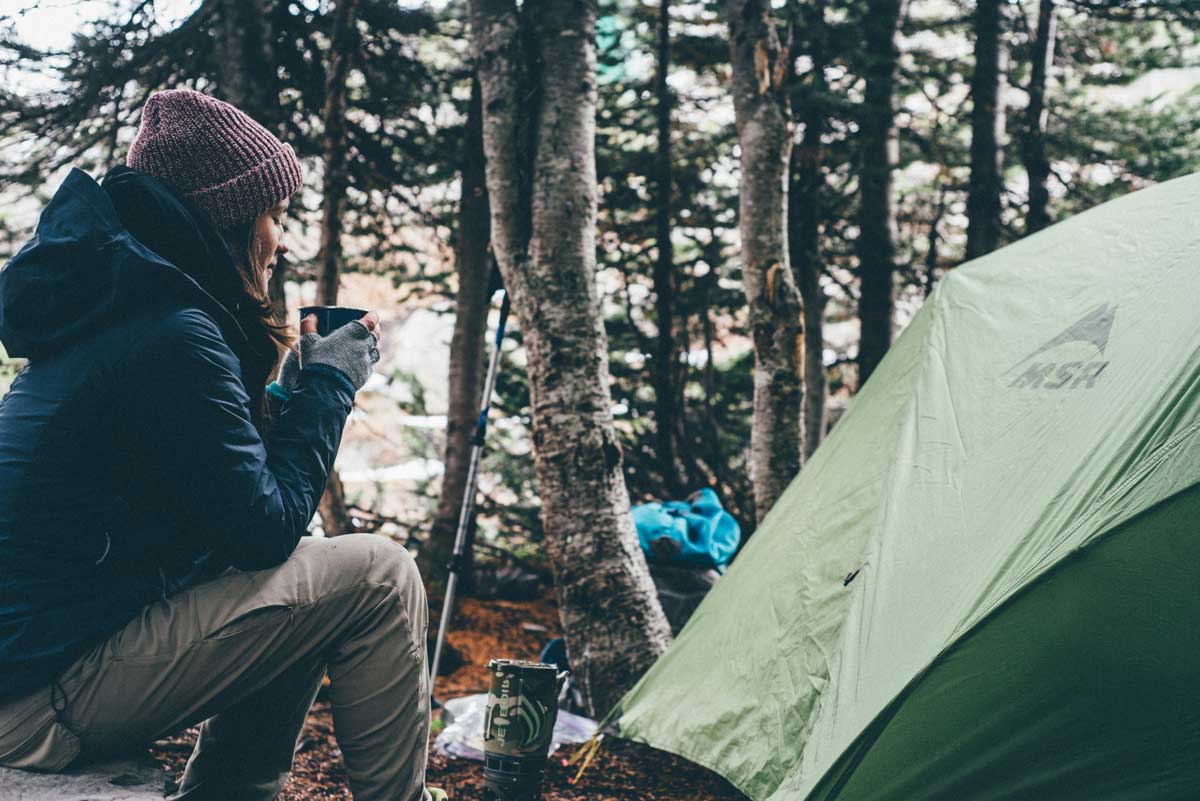
Now that you’re eager to hit the trails this off-season, you’re ready to lace up your boots and go. But before you head out the door, make sure you know the following about hiking in November:
- You’ll need different gear: Hiking in cooler weather requires a little more clothing and gear to stay comfortable. Make sure you dress in layers and bring both insulating and waterproof clothes. A warm hat and gloves are a smart idea, too. It’s also a good time to swap your ultralight hiking socks for a pair of warmer ones. Finally, depending on the weather and your location, snowshoes, traction cleats, or trekking poles may be necessary.
- The days aren’t as long: Summer hiking and camping means extended daylight hours, but in November, the dark arrives early. That means you’ll have to start your hike later and finish sooner if you want to hike in the daylight. If there’s a chance you’ll be hiking in the dark, bring a headlamp.
- Fall can turn to winter in a flash: A November day can be a balmy reminder of summer or a frigid indicator of what’s to come — or, it can be both on the same day. The best way to prepare for abrupt changes in weather is to dress and pack appropriately. Always check the forecast before you leave home, and pack the 10 essentials to prepare for any type of cold-related emergency.
- Hydration is still important: Even if it’s chilly out and you haven’t seen the sun in days, don’t forget to hydrate on the trail. It’s easy to forget to drink water when you don’t feel hot and sweaty, but that doesn’t mean you don’t need to. If you don’t want to drink cold water when you’re out in the cold, bring a thermos of hot water or herbal tea.
- You may share the trail with hunters: In some areas, “fall” and “hunting” go hand in hand. Before you pick a trail, find out if hunting is allowed in the area. If so, wear a blaze orange jacket, vest, or hat to make yourself visible. And if you’re hiking with your dog, keep her on a short leash and put her in blaze orange, too.
Knowing these November hiking tips can make your late-fall hikes both safe and enjoyable. And who knows? November may quickly become your favorite month for hiking.

